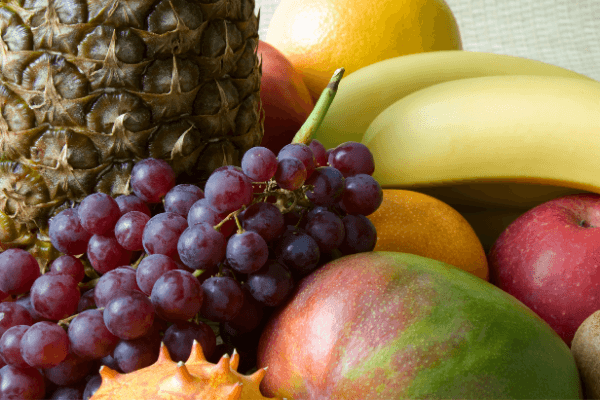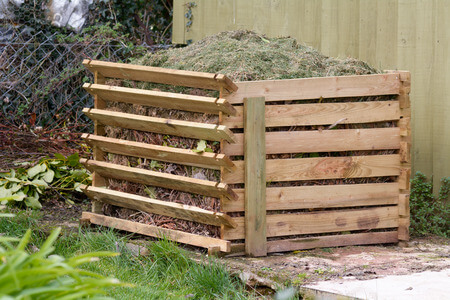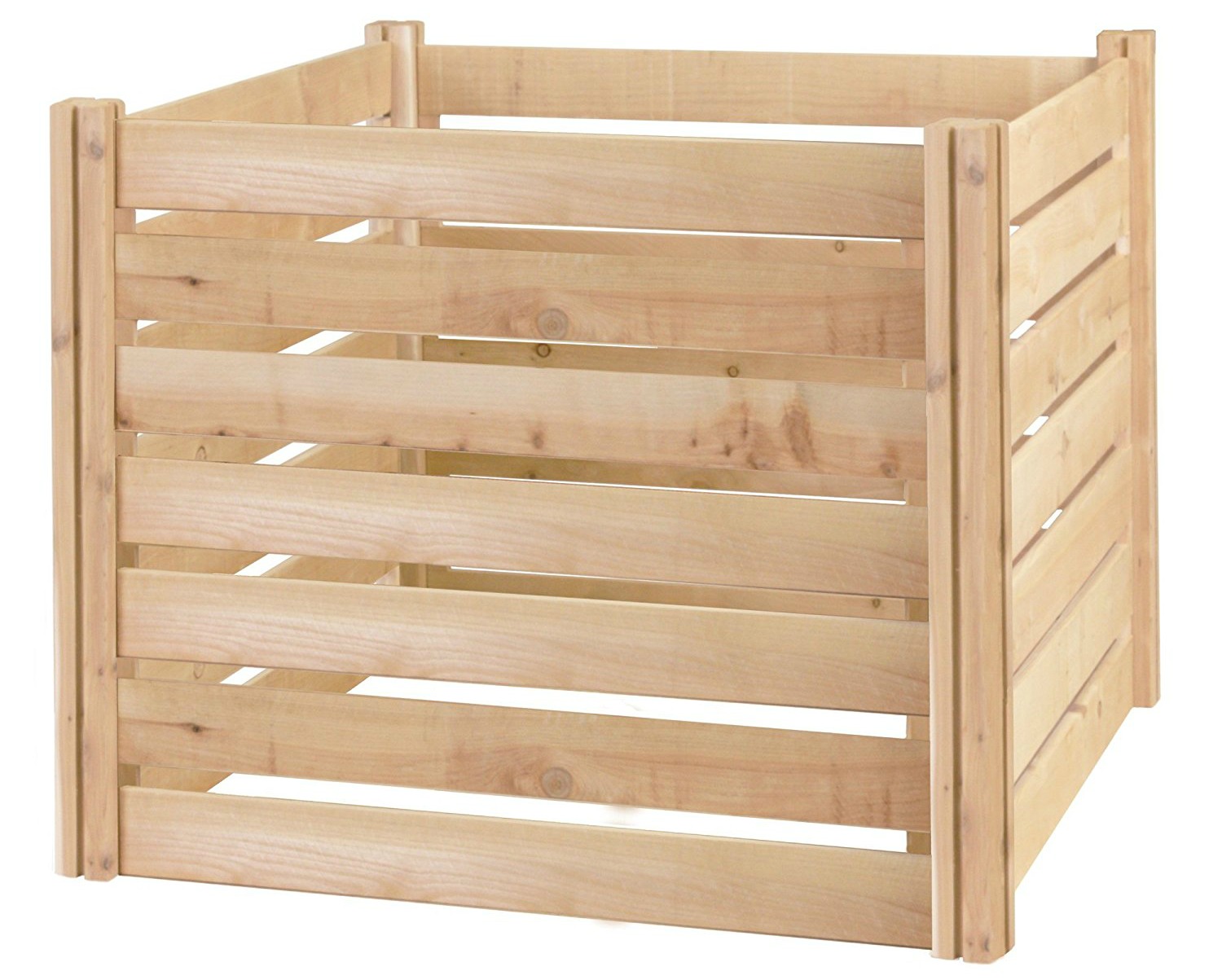- Home
- Fruit Flies
- Fruit Flies in Compost
Fruit Flies In Compost
This post may contain affiliate links so I earn a commission.
Battling fruit flies in compost is a pretty common problem.
Although composting is a great way to turn common household waste into great soil for your garden or flower bed, it's also a great way to attract and breed fruit flies.
Since compost is commonly made up of old table scraps, banana peels and discarded fruits and vegetables, it provides the perfect habitat for a swarm of hungry fruit flies.
Plus, a lot of people like to compost during the summer months when we eat a majority of fresh fruits and vegetables and unfortunately fruit fly populations seem to explode during these warm summer days.

Although it's tuff to prevent every single fruit fly from entering your compost bin, there are a few quick and easy steps you can take to prevent a full infestation.
Let's face it, no one wants to open their compost bin to find swarms of flies rushing towards your face.
Or, if you're composting inside your home, you definitely don't want your compost pile to be a breeding ground for fruit flies.
Fruit flies have a very short life span and they can breed and multiply very quickly.
For example, a fruit fly can go from an egg to an adult in about 8-10 days meaning in just over a weeks time the amount of flies within your compost can drastically increase.
So, to prevent swarms of these annoying little pests, it's important to take the proper precautions right from the start.
Preventing Fruit Flies In Compost
One of the easiest ways to prevent fruit flies in compost is to balance out the ratio of "greens" (your nitrogen substance like fruits and vegetables) to the ratio of "browns" (the carbon substances like dried leaves and paper).
The proper ratio should be about 3 parts carbon to 1 part nitrogen.

When you add moist greens to your compost in the form of banana peels or apple cores or even potatoes, you're adding a lot of moisture to your compost pile.
As the fruits and vegetables begin to decompose these moisture rich substances create the perfect environment for the fruit flies.
So, in order to decrease the moisture and ensure the food scraps are not accessible to the flies, it's important to add enough dry carbon substances to both dry out the food scraps and keep them covered to avoid the flies from feeding on it.
Dried leaves or dried grass works great inside a compost pile to help reduce the moisture content and cover up the table scraps.
Since dried leaves and grass are not available year round, I recommend storing a decent supply in a separate sealed container so you can use them all year long.

If you don't have access to a lot of dried leaves or grass clippings, shredded paper from a paper shredder works great too.
It's a great way to utilize that old junk mail and the shredded paper works wonders for drying out your compost bin.
Also, when you add greens to your compost in the form of table scraps or fruits and vegetables, make sure you add it to the center of your pile and cover the food scraps up with the dry leaves or paper shavings.
Remember, if you leave the green matter exposed, the fruit flies will find it and you'll have issues with them.
Preventing Fruit Flies In Compost - Overall
If you love to compost, don't let a few fruit flies discourage you from creating wonderful soil for your flower bed or garden.
By adding a 3 to 1 mixture of browns to greens and keeping the greens covered with dry carbon material in the form of dried leaves, dried grass or shredded paper, you'll drastically reduce the number of fruit flies in your compost pile and the whole composting experience will be much more enjoyable.



